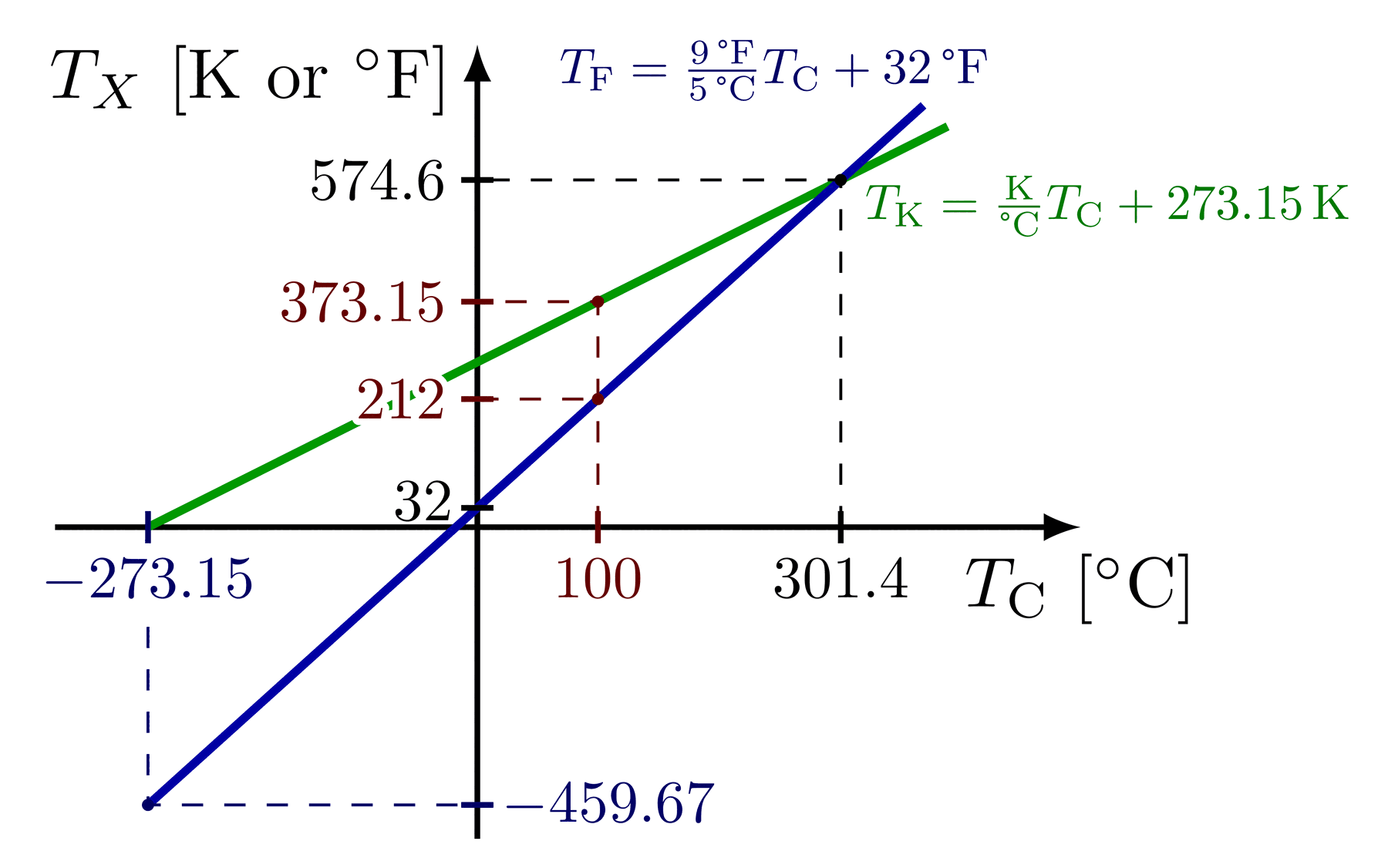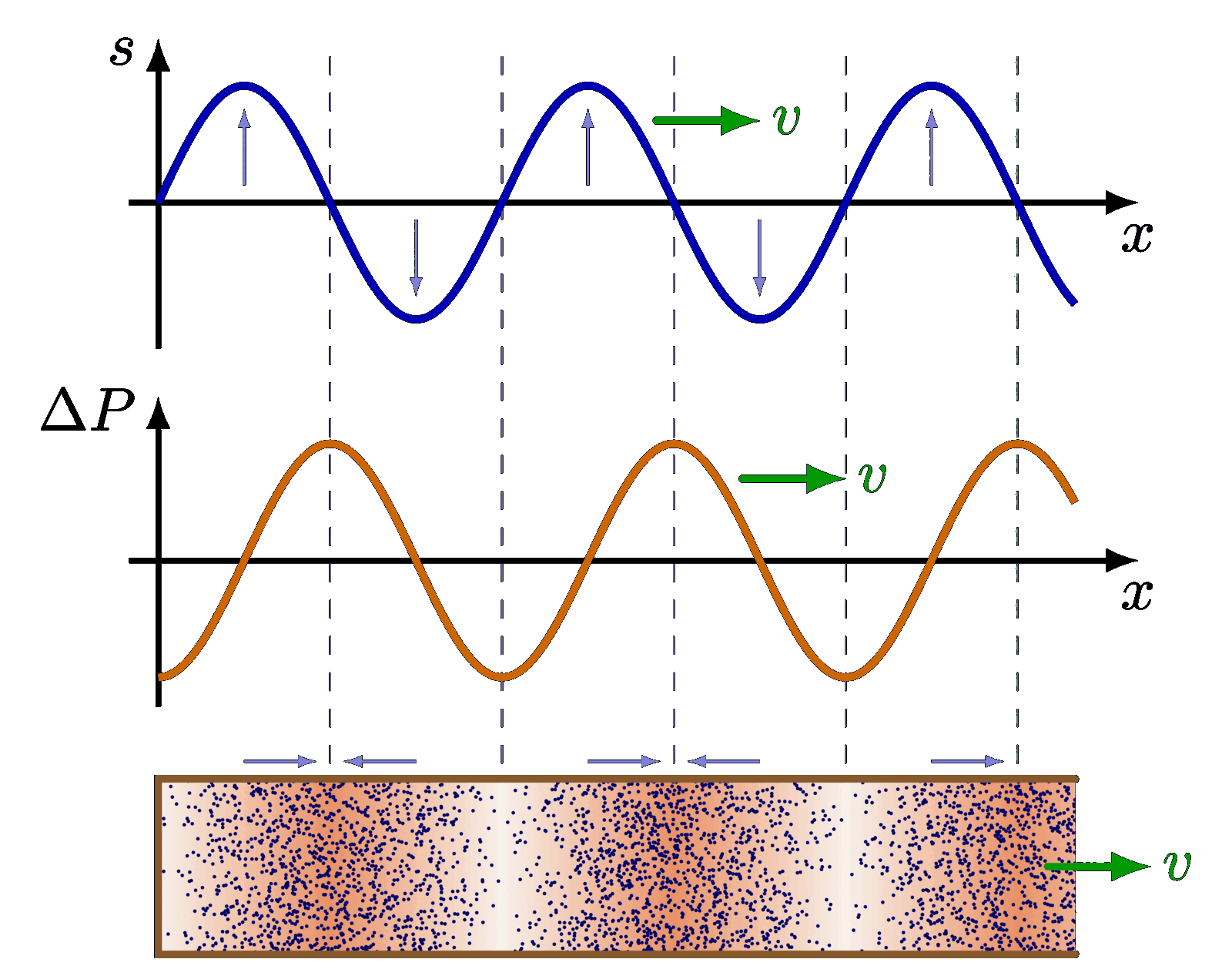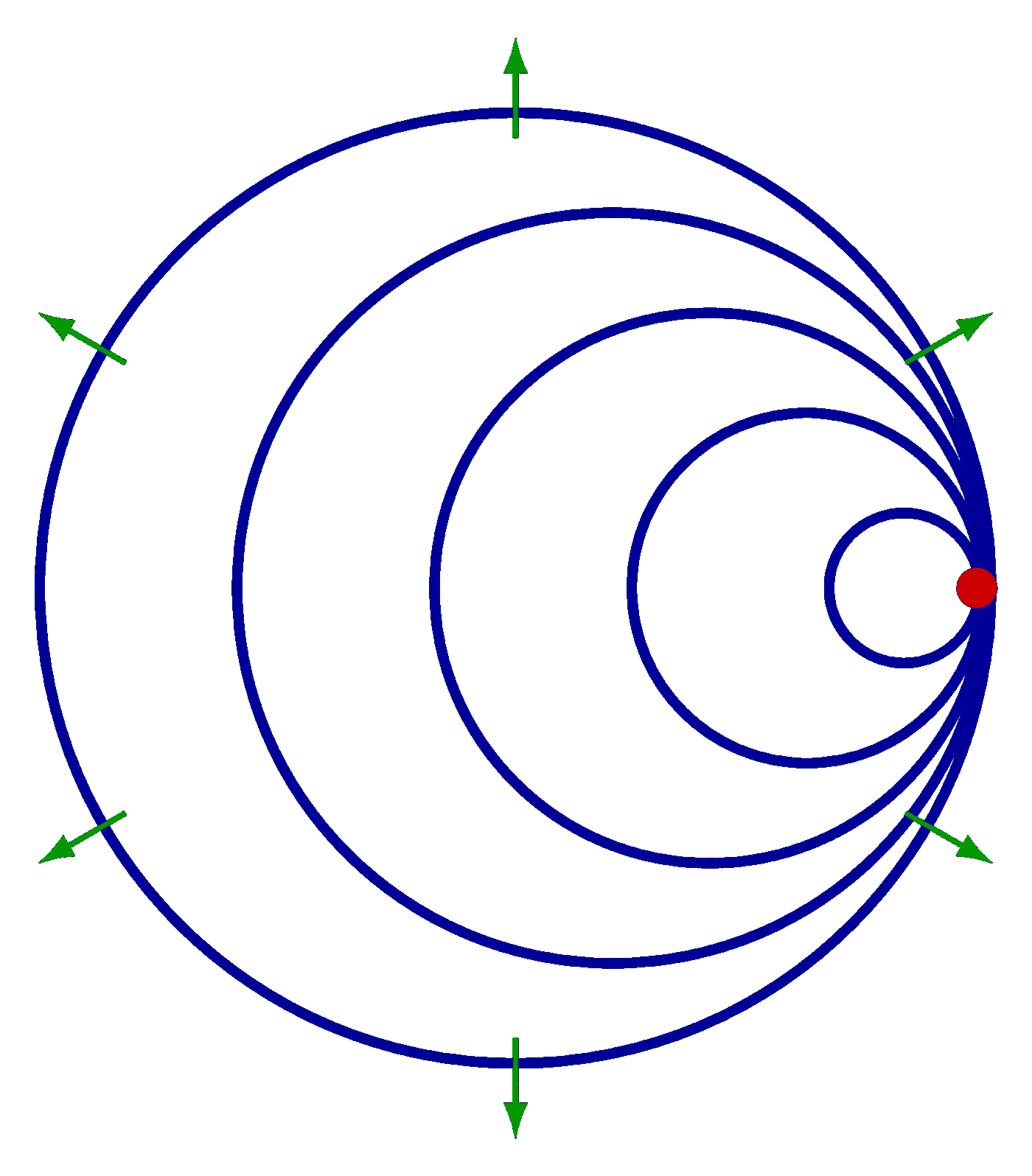Standing waves in a flute (half open tube) for different notes. Inspired by Joe Wolfe’s website. Also see more general standing waves in air, and more related figures in the Music category.
Edit and compile if you like:
% Author: Izaak Neutelings (January 2021)
% https://newt.phys.unsw.edu.au/jw/fluteacoustics.html#toneholes
% https://newt.phys.unsw.edu.au/jw/clarinetacoustics.html
% http://www.markshep.com/flute/Holes.html
\documentclass[border=3pt,tikz]{standalone}
\usepackage{amsmath}
\usepackage{etoolbox} % ifthen
\usepackage{tikz}
\usetikzlibrary{arrows.meta} % for arrow size
\tikzset{>=latex} % for LaTeX arrow head
\colorlet{xcol}{blue!70!black}
\colorlet{vcol}{green!60!black}
\colorlet{Pcol}{orange!80!black}
\colorlet{myred}{red!65!black}
\tikzstyle{wood}=[line width=1.5,brown!70!black]
\tikzstyle{closed}=[rounded corners=0.2,brown!30!black]
\tikzstyle{Pline}=[Pcol,thick,line cap=round]
\tikzstyle{myarr}=[xcol!50,-{Latex[length=3,width=2]}]
% STANDING WAVE - OPEN-OPEN, n=1
\def\L{6.00} % pipe length
\def\R{0.22} % pipe radius
\def\t{0.06} % hole thickness
\def\w{0.16} % hole width
\def\N{9} % number of holes
\def\wave#1#2{
\def\lam{2*#1*\L/#2} % wavelength
\fill[brown!70!black!15] (-2*\w,-\R) rectangle (\L+0.01,\R+0.026);
\draw[Pline,samples=100,smooth,variable=\x,domain=0:#1*\L]
plot(\x,{ (\R-0.04)*sin(360/(\lam)*\x)})
plot(\x,{-(\R-0.04)*sin(360/(\lam)*\x)});
\draw[wood] %,line cap=round]
(\L+0.01,\R)
\foreach \i [evaluate={\x=\L-\i*9/16*\L/\N};] in {1,3,4,5,7,8,9}{ %{1,...,\N}{
-- (\x+\w/2,\R) (\x-\w/2,\R)
} -- (\w/2,\R)
%(-0.01,\R) -- (\L+0.01, \R)
(-\w/2,\R) -| (-2*\w,-\R) -- (\L+0.01,-\R);
%\foreach \i [evaluate={\x=\L-\i*9/16*\L/\N};] in {1,3,4,5,7,8,9}{
% \draw (\x,-\R) --++ (0,2*\R);
%}
}
\def\holes#1{
\foreach \i [evaluate={\x=\L-\i*9/16*\L/\N};] in {#1}{
\fill[closed] (\x-\w/2,\R-0.4*\t) rectangle++ (\w,\t);
}
}
\begin{document}
% C4 - fundamental/unison
\begin{tikzpicture}
\draw[<->] (0,-1.8*\R) --++ (\L,0)
node[midway,below=-4,fill=white,inner sep=0.5,scale=0.8] {$L$};
\wave{1}{1}
\holes{1,3,4,5,7,8,9}
\end{tikzpicture}
% C5 - octave up
\begin{tikzpicture}
\draw[<->] (0,-1.8*\R) --++ (\L/2,0)
node[midway,below=-4,fill=white,inner sep=0.5,scale=0.8] {$L/2$};
\wave{1}{2}
\holes{1,3,4,5,7,9}
\end{tikzpicture}
% E - 4/5 - major third
\begin{tikzpicture}
\draw[<->] (0,-1.8*\R) --++ (4/5*\L,0)
node[midway,below=-4,fill=white,inner sep=0.5,scale=0.8] {$4L/5$};
\wave{4/5}{1}
\holes{4,5,7,8,9}
\end{tikzpicture}
% F - 3/4 - perfect fourth
\begin{tikzpicture}
\draw[<->] (0,-1.8*\R) --++ (3/4*\L,0)
node[midway,below=-4,fill=white,inner sep=0.5,scale=0.8] {$3L/4$};
\wave{3/4}{1}
\holes{5,7,8,9}
\end{tikzpicture}
% F - 3/4 - perfect fourth
\begin{tikzpicture}
\draw[<->] (0,-1.8*\R) --++ (3/4*\L,0)
node[midway,below=-4,fill=white,inner sep=0.5,scale=0.8] {$3L/4$};
\wave{3/4}{3}
\holes{5,7,9}
\end{tikzpicture}
% C5 - octave up
\begin{tikzpicture}
\draw[<->] (0,-1.8*\R) --++ (\L/2,0)
node[midway,below=-4,fill=white,inner sep=0.5,scale=0.8] {$L/2$};
\wave{0.5}{1}
\holes{9}
\end{tikzpicture}
\end{document}Click to download: waves_standing_flute.tex • waves_standing_flute.pdf
Open in Overleaf: waves_standing_flute.tex











